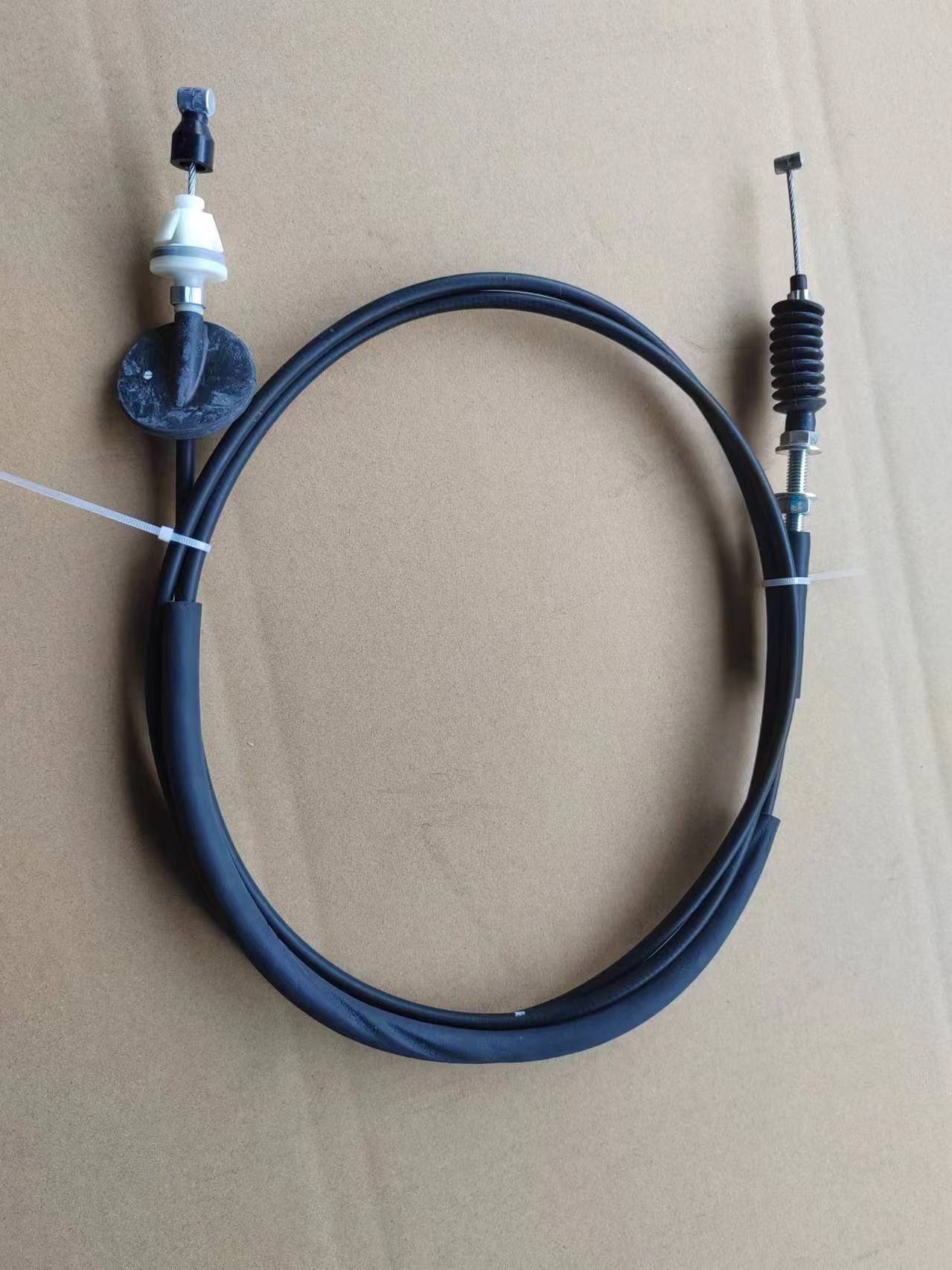adjusting throttle cable
Adjusting Throttle Cable A Comprehensive Guide
The throttle cable plays a crucial role in controlling the engine's power output in vehicles. It connects the accelerator pedal to the throttle body, regulating the air-fuel mixture entering the engine based on the driver's input. Over time, this cable may stretch or fray, leading to issues such as unresponsive acceleration, erratic RPM fluctuations, or even engine stalling. Adjusting the throttle cable is an essential maintenance task that can enhance the performance and reliability of your vehicle. This article will guide you through the process of adjusting the throttle cable effectively.
Understanding the Throttle Cable System
Before diving into the adjustment process, it is essential to understand the components involved. The throttle cable typically consists of a flexible wire encased in a protective sheath, which runs from the accelerator pedal to the throttle body. When you press the accelerator, the cable pulls on the throttle mechanism, opening the throttle plate and allowing air to enter the engine. A properly adjusted cable ensures smooth and responsive acceleration.
Tools Required
To adjust the throttle cable, you will need a few basic tools 1. Ratchet and socket set 2. Screwdriver (flathead and Phillips) 3. Torque wrench 4. Pliers
Steps to Adjust the Throttle Cable
1. Locate the Throttle Cable Start by locating the throttle cable. It is usually found near the engine bay, connected to the throttle body and running back to the accelerator pedal.
adjusting throttle cable

2. Inspect the Cable Before making any adjustments, inspect the cable for any signs of wear or damage. Look for frayed strands, kinks, or corrosion. If the cable is damaged, it may need to be replaced rather than adjusted.
3. Check for Slack With the engine off, press the accelerator pedal gently and observe the cable’s movement. Ideally, there should be minimal slack. If the cable is too slack, it can lead to delayed throttle response.
4. Adjust the Cable Tension Most throttle cables have an adjustment nut or screw located near the throttle body or at the accelerator pedal. Loosen the locknut, then turn the adjustment screw clockwise to decrease slack or counterclockwise to increase slack. Make small adjustments and frequently check the cable tension for optimal settings.
5. Test the Throttle Response After adjusting the cable, ensure everything is tightened back into place. Start the engine and test the throttle response by pressing the accelerator pedal. The engine should respond smoothly and quickly without hesitation.
6. Secure and Finalize Once you're satisfied with the adjustment, ensure all bolts and locknuts are securely tightened to avoid loosening over time. Recheck the throttle response after a short test drive to confirm the adjustments made are effective.
Conclusion
Adjusting the throttle cable is a relatively simple yet vital maintenance task that helps ensure your vehicle's engine runs efficiently. By following the steps outlined in this article, you can optimize your vehicle’s performance, improve throttle response, and enhance your driving experience. Regular checks and adjustments of the throttle cable can also prevent more significant issues down the line, contributing to the longevity of your vehicle. If you encounter persistent problems despite adjustments, consider consulting a professional mechanic to diagnose and resolve any underlying issues.
-
Upgrade Your Vehicle with High-Quality Handbrake CablesNewsNov.01,2024
-
Optimize Your Bike's Performance with Quality CablesNewsNov.01,2024
-
Enhance Your Vehicle's Performance with Quality Clutch ComponentsNewsNov.01,2024
-
Elevate Your Vehicle's Performance with Quality Throttle CablesNewsNov.01,2024
-
Elevate Your Vehicle's Performance with Quality CablesNewsNov.01,2024
-
Affordable Solutions for Your Cable NeedsNewsNov.01,2024
